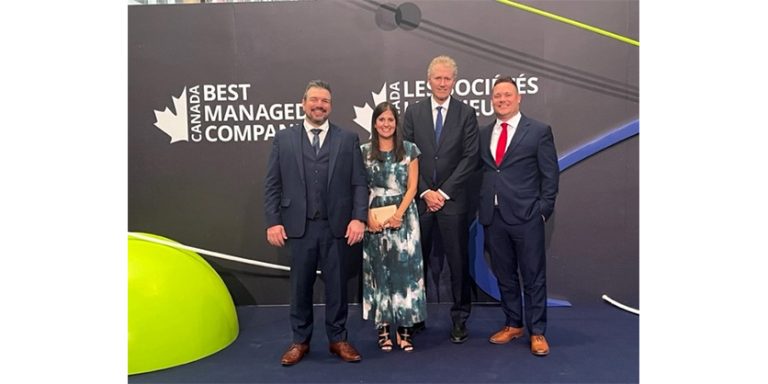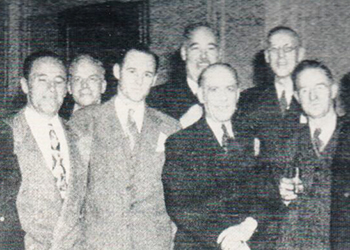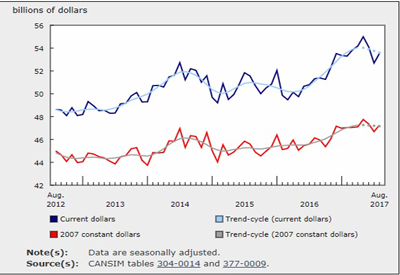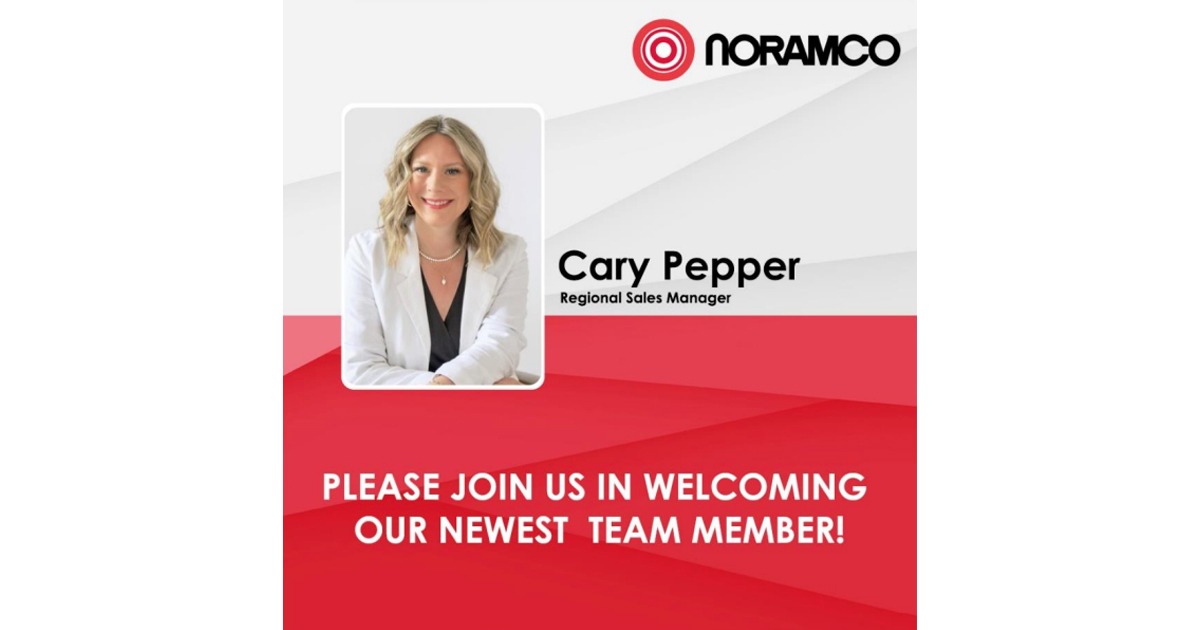Want to Improve Warehouse Productivity?

Dec 9, 2019
By David Gordon
With a tight economy, tight labour market and tight margins, increasing productivity is more important than ever, especially for warehouse operations where finding qualified staff that can meet HR requirements is harder than ever. And one of the reasons is that competition for these employees is literally any other business and frequently drivers and warehouse personnel can make more working for larger companies.
The warehouse may not be a glamorous place to work. However, it is a critical component to every distributors’ business (essentially the essence of “distributing”), and historically was the training ground for future employees.
While times have changed, the importance of the function only grows. Products can only get to customers by passing through someone’s warehouse.
Saving an hour
Have you thought about how far warehouses employees walk in a day? If they are carrying their cellphone there is probably a fitness app on it that can tell you… or outfit some people with a Fitbit.
Or read this article in Modern Materials Handling about Granite City Electric, a 27-location New England distributor that operates two RDCs.
Recently they tracked that workers walked an average of 5.5 m / day (which is about an hour of walking). And walking on a cement floor isn’t the easiest on the legs.
Granite City’s goal was to eliminate unnecessary footsteps to and from a stationary printer.
Granite City recently deployed mobile-power workstations with integrated lithium power.
The result… each worked gained an extra 250+hours a year that can be reallocated to different tasks (perhaps picking more orders?!).
Thinking about productivity, Dick Friedman, who has shared productivity improvement ideas for over 20 years with distributors, offers additional thoughts.
To achieve a high-performance warehouse: think out of the box
Electrical distributors who are trying to prevent warehouse mistakes that result in losing sales and customers need to go beyond evaluating procedures, controls and forms. It’s necessary to “think out of the box,” so to speak. While a CDC can bring much efficiency to a company, not all “issues” disappear. From experience, sometimes warehouse / operations management is too close to the business and can benefit from a third-party perspective to get new ideas (with new defined as “new to you”). The same thinking can help increase warehouse productivity, which is needed if you are having hiring challenges, have had to increase warehouse wages (including overtime) or want to increase throughput.
Following are descriptions of three situations where out of the box thinking helped clients reduce mistakes and/or increase productivity. My recommendations came from using my extensive checklist for evaluating warehouse operations and management; they came about from observing activities and discussing the problems with management and warehouse workers.
1. For one distributor’s CDC, supplying the branches is more time-consuming than servicing customers. While discussing the unit-shipments to each branch with the owner, I realized that one branch’s replenishment volume is very high – almost as large as the unit volume of customer sales at headquarters. Supplying this branch accounted for 20% or more of the CDC activity (receiving, put-away, picking, packing, loading). I recommended that the branch in question be supplied directly by manufacturers, whenever practical, which would reduce the labour effort at the CDC, which in turn would reduce the pressure that results in mistakes.
To implement this recommendation, I suggested that management determine which items were being replenished in high volume. Management then arranged with suppliers of the largest-volume items to ship directly to the branch. This has reduced much of the pressure and the mistakes at the CDC; direct-shipments of other high-volume items are in the process of being arranged.
2. For another client with a CDC, they were experiencing an increase in picking errors. In talking with their pickers about the high level of mistakes, I learned that the mistakes were occurring in most part because almost all of the picking was concentrated within a short time span.
I met with the VP-Operations to discuss the reason for concentrating the picking. I asked him to do an analysis of the number of orders that really had to be picked within the short time span to avoid possible extra paperwork. The answer was about 30%, which meant that 70% could be picked over a much longer time span — but it is not known in advance which orders could involve extra paperwork. Now, all orders are picked over a much longer time span, which reduced the crunch and level of mistakes, and justified the extra paperwork.
3. For another client, the issue focused on material placement. While walking down the aisles, to get a lay of the land, I noticed much yellow packaging and wrapping, and faded felt-tip markings and printed descriptions. Many of the apparently very slow moving items were stored near the packing and loading area, where the fast-moving items should be stored. I met with management to discuss the extent of old, very-slow moving items. A printout of items that had not sold in years was produced and we toured the warehouse to determine where they were being stored. The result… all over the place.
As we walked, items that were known to be fast moving but stored far from the bays meant for fast movers were pointed out. They were stored far away because the bays meant for fast movers were filled with slow/no movers.
This storage pattern meant that warehouse personnel doing put away or picking were wasting much time walking much further than if items were really stored by velocity. This was causing mistakes by rushing to pick items in time to load trucks.
I recommended that no/slow movers stored in the fast moving and adjacent areas be donated or discarded and that fast movers stored far away be re-located to the space the slow movers were occupying. After my recommendation, productivity increased significantly and mistakes decreased significantly.
Guidelines for thinking out of the box
• Meet with warehouse workers, one on one or in small groups, that perform the same functions, without any supervisors or managers being present.
• When observing activities, carry an 8-/12 x 11 notepad, and take notes — in your own shorthand if needed to keep up with activities being observed. (Not as modern as using a tablet, but much faster than using a virtual keyboard.)
• When discussing warehouse challenges, try to distinguish between causes and effects.
• When discussing numbers, financial and otherwise, drill down to the lowest possible level, and look for unusual numbers.
Thinking out of the box can determine the root causes of warehouse mistakes and sub-standard productivity, and is an approach that complements a detailed evaluation of procedures, controls and forms.
For over 20 years, Dick Friedman helps electrical distributors prevent warehouse mistakes that lose sales and customers, including distributors that are scanning bar codes but were not achieving a high level of accuracy. Dick has engineering and MBA degrees, and is an objective Certified Management Consultant. Contact him via www.GenBusCon.com for a FREE consultation or more information.
Planning for productivity improvements?
What are you planning as 2020 initiatives to improve productivity? How can you do more with less while also creating a safer, more fulfilling environment? We’ve recently had distributors inquire about vehicle route optimization, warehouse automation and improved flow. We’ve also talked to distributors moving to RDCs, CDCs and larger CDCs. While not our area of focus, we sometimes can share best practices and/or refer people to other distributors who may share best practices or can suggest resources.
And for other ideas, NAED members should download NAED’s new Operations whitepaper called From Practices to Profit https://www.naed.org/practices-to-profits. There is an executive summary online and members can log in for a best practices guide and warehouse assessment tool.
David Gordon is President of Channel Marketing Group. Channel Marketing Group develops market share and growth strategies for manufacturers and distributors and develops market research. CMG’s specialty is the electrical industry. He also authors an electrical industry blog, www.electricaltrends.com. He can be reached at 919-488-8635 or dgordon@channelmkt.com.











